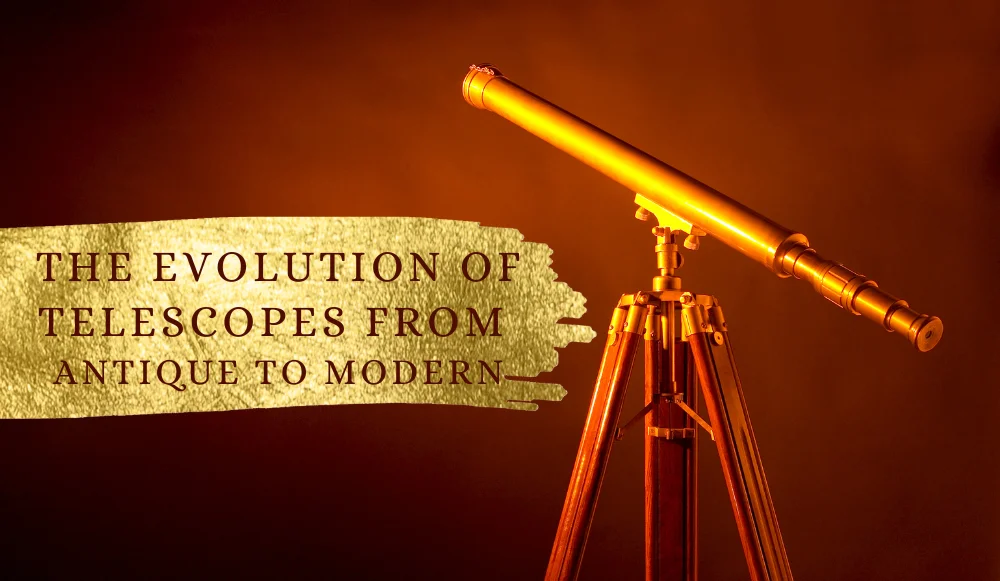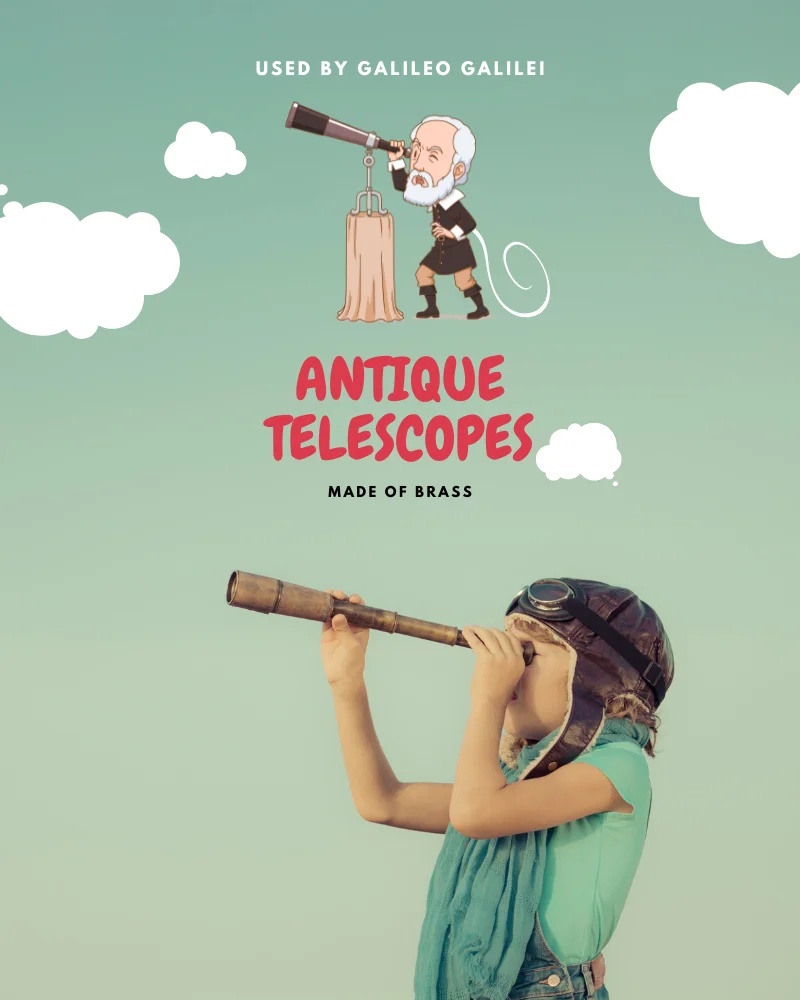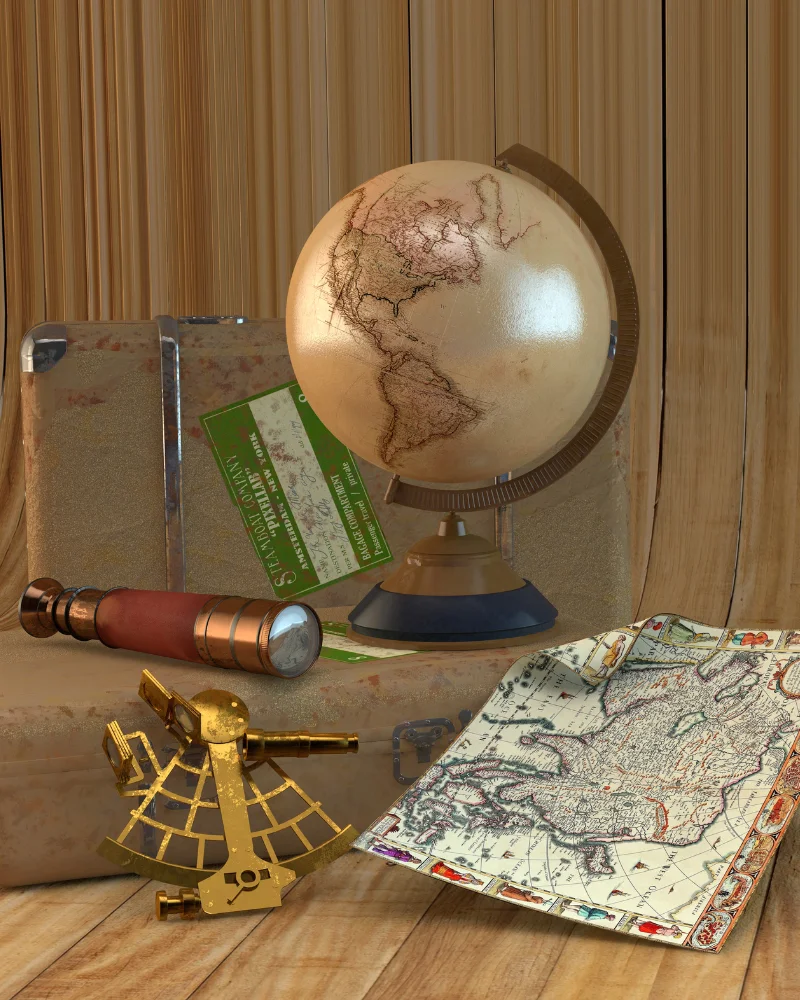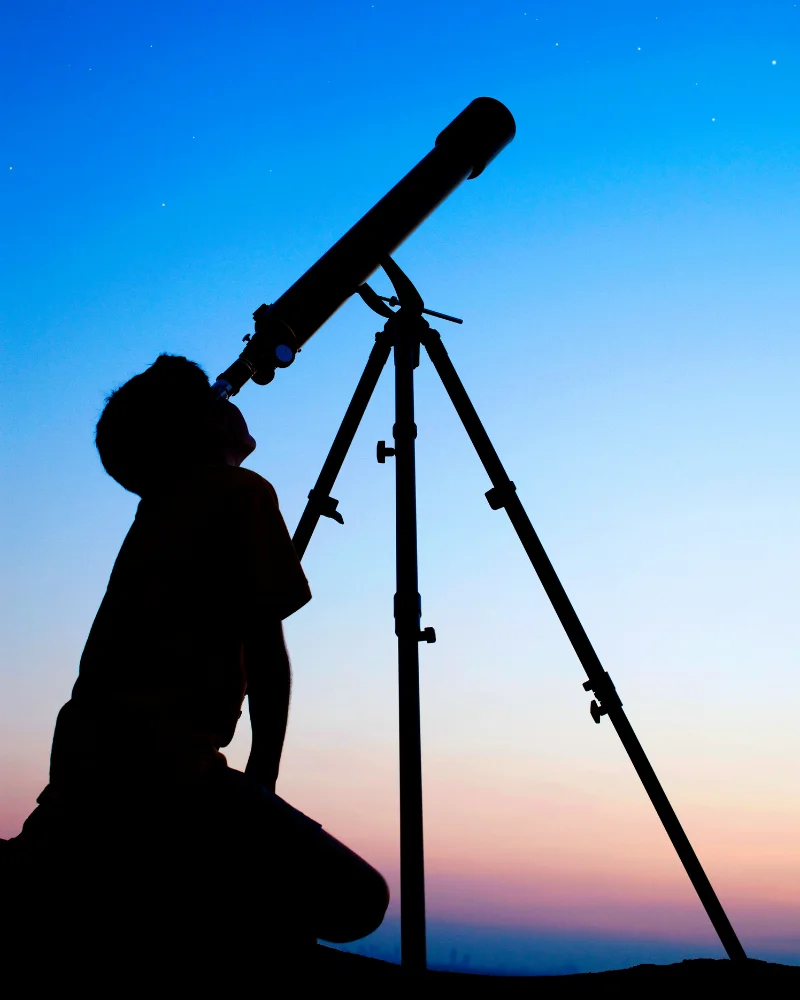The Evolution of Telescopes: From Antique to Modern

The history of telescopes dates back to the early 17th century when Dutch lens maker, Hans Lippershey, invented the first refracting telescope. Since then, the technology behind telescopes has undergone numerous developments, leading to the creation of more advanced and sophisticated telescopes.
1. Antique Telescopes

Antique telescopes were typically made of brass and had a refracting lens. They were primarily used for astronomy and had limited magnifying power. One of the most famous antique telescopes is the Galilean telescope, which was used by Galileo Galilei to make groundbreaking astronomical observations.
2. Telescopes in the 19th Century

The 19th century saw significant advancements in telescope technology, including the invention of reflector telescopes. These telescopes used mirrors instead of lenses to gather and focus light. They also had significantly greater magnification power compared to antique telescopes.
3. The Modern Telescope

The 20th century saw the development of the modern telescope, including the invention of the radio telescope, which uses radio waves instead of light to observe the universe. The development of the computer and digital imaging technology also led to the creation of highly advanced telescopes, such as the Hubble Space Telescope, which has revolutionized our understanding of the universe.
4. Decor piece or a Telescope

If you’re interested in antique timekeeping devices, be sure to visit craple.com for our collection of telescopes. From antique brass telescopes to modern refracting telescopes, we offer a variety of options for both decorative and practical use. Our telescopes are made with high-quality materials and are designed to replicate the look and feel of vintage models. Browse our selection at craple.com and find the perfect addition to your collection or gift for the astronomy enthusiast in your life.
Conclusion
The evolution of telescopes from antique to modern has been marked by significant advancements in technology and design. The creation of highly advanced telescopes has allowed us to observe and study the universe in ways that were once impossible. The telescopes of the future are likely to be even more advanced, providing us with an even greater understanding of the universe and our place in it.





